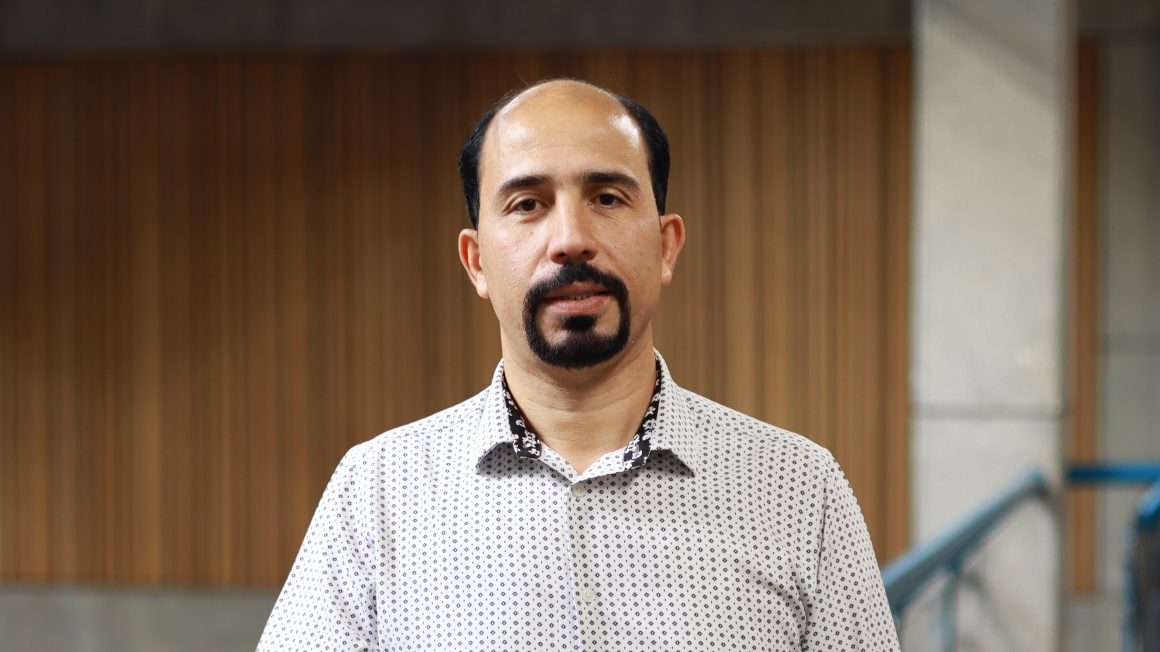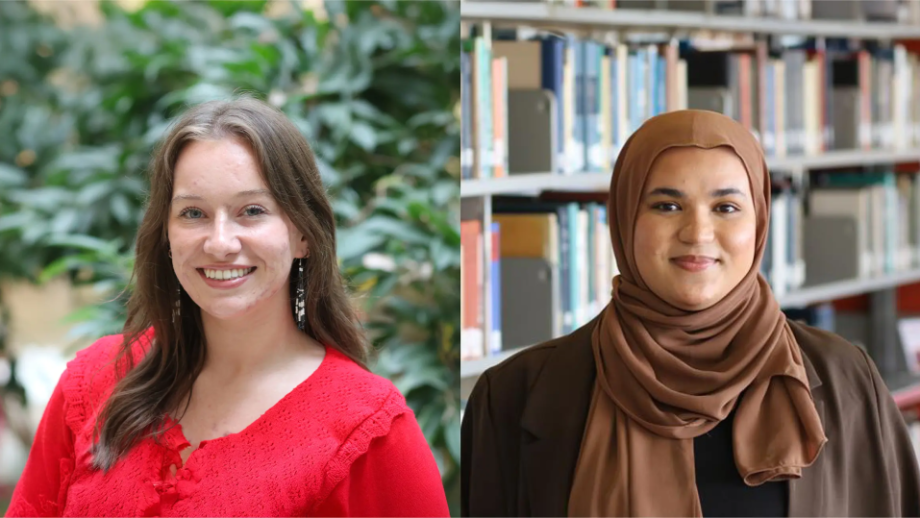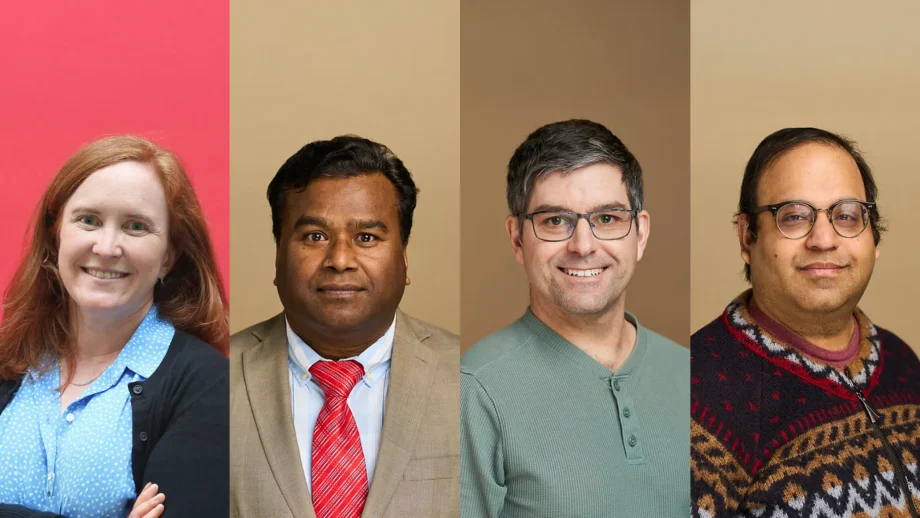Federally funded research undertaken by a computer scientist at The University of Winnipeg is helping to advance the next generation of secure smart systems, holding implications for everything from defense and space exploration to transportation and agriculture.
Dr. Yaser Al Mtawa, Associate Professor in the Department of Applied Computer Science, is one of 10 UWinnipeg researchers sharing in more $1 million worth of funding from NSERC, the Natural Sciences and Engineering Research Council of Canada.
The funding, announced last summer, includes a $160,000 Discovery Grant and a $12,500 Discovery Launch Supplement over five years for Dr. Al Mtawa’s research project, “Towards Secure, Reliable, and Autonomous Next-Generation Cyber-Physical Systems.”
“I was thrilled to learn I had been awarded this prestigious grant,” Dr. Al Mtawa said. “It is highly competitive and serves as recognition that my research plan is robust and well-structured.”
NSERC’s Discovery Grants Program helps promote and maintain a diversified base of high-quality research capability in the natural sciences and engineering in Canadian universities. Discovery Grants are considered one of this country’s most distinguished federal research awards.
Boosting security, improving efficiency
Dr. Al Mtawa joined UWinnipeg four years ago. His research interests focus on smart systems, the Internet of Things (IoT), and data traffic engineering.
“This project aligns seamlessly with these areas,” he said. “By enhancing the security and resilience of cyber-physical systems (CPS), we can improve their reliability under cyber threats or system failures.”
Cyber-physical systems (CPS) integrate computation, networking, and physical processes for intelligent, responsive applications. They often involve embedded digital and physical components that interact with one another under the guidance of computer algorithms. Examples include modern cars, smart grids, medical devices, building controls, and robotics systems.
Dr. Al Mtawa’s research project focuses on enhancing the security and reliability of smart systems, such as battlefield monitoring devices, self-driving vehicles, and agricultural drones.
“Given that smart devices have become integral to daily life, it is essential to develop improved methods for safeguarding them against cyber threats and ensuring their uninterrupted operation,” Dr. Al Mtawa explained.
I was thrilled to learn I had been awarded this prestigious grant.
Dr. Yaser Al Mtawa
Working with a team of three master’s students and a doctoral student, Dr. Al Mtawa is seeking to better predict, detect, classify, and mitigate cyberattacks that threaten smart systems.
The research team is using mathematical modeling to analyze threat dynamics, detect anomalies, and optimize smart systems. Machine learning techniques are also employed to identify complex behavioural trends in data; create synthetic malicious data to help train detection systems; and build sophisticated attack models that can detect threats by analyzing a device’s communication patterns.
The next step is to develop smart systems capable of recovering autonomously if disruptions occur. Modern smart systems are complex, and often integrated with cloud networks and other devices. If they can right themselves when a disruption occurs, it would mark a next-generation advance in cyber-physical systems.
The research team is also employing a dizzying array of additional approaches—artificial intelligence, graph theory, computational geometry, optimization methods—to improve the design, efficiency, and security of smart systems and how they interact with cloud-based platforms.
The research could one day pave the way for more intelligent and autonomous systems in industries and sectors ranging from defense and space exploration to transportation and agriculture. For instance, Dr. Al Mtawa said drone manufacturers could create agricultural drones that maintain minimum functionality despite cyber intrusions.
Looking ahead, Dr. Al Mtawa also wants to investigate “digital twins”—virtual replicas of physical systems—to test new CPS components in risk-free environments before they’re deployed in the real world.





